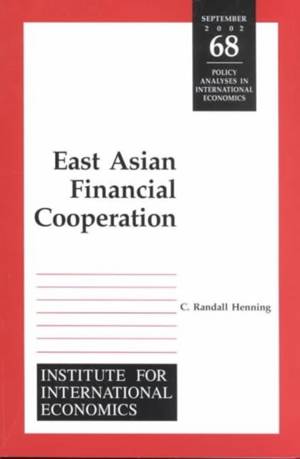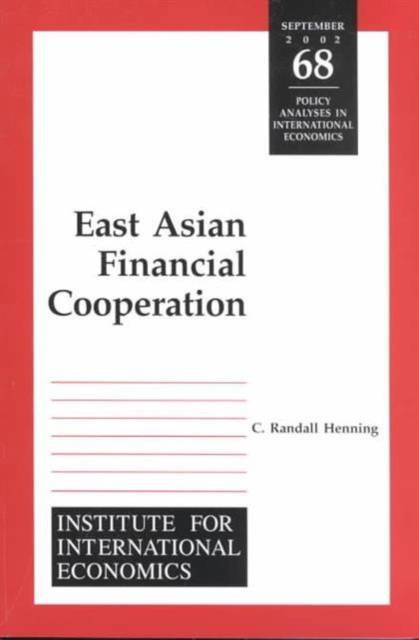
- Retrait gratuit dans votre magasin Club
- 7.000.000 titres dans notre catalogue
- Payer en toute sécurité
- Toujours un magasin près de chez vous
- Retrait gratuit dans votre magasin Club
- 7.000.000 titres dans notre catalogue
- Payer en toute sécurité
- Toujours un magasin près de chez vous
Description
Since the financial crisis in the late 1990s, Asian governments have been considering strengthening regional monetary and financial cooperation. Proposals have ranged from the Asian Monetary Fund to common currencies. During the past two years, China, Japan, Korea, and the member-states of ASEAN have established a set of financial facilities under an agreement made in Chiang Mai, Thailand. The Chiang Mai Initiative (CMI) mobilizes a portion of the very large reserve holdings of its members for financial stabilization in a crisis. Organized under the "ASEAN plus three" grouping, these arrangements do not include the United States or other countries outside the region.
The CMI thus raises several important questions: Under what terms will financing be extended on a regional basis? Is it likely to stabilize or destabilize international capital flows? What will CMI's relationship be to the International Monetary Fund and other official financial institutions? How should governments build on these arrangements in the future? Could they provide the basis for broader integration of the East Asian region?This study examines the case for and against regional financial arrangements in East Asia, describes the CMI, compares it to financial arrangements in other regions, and recommends how the Initiative can preserve its complementarity to multilateral institutions and be strengthened in the future. The study specifically addresses the concerns of Americans, Europeans, and multilateral organizations, assessing the pros and cons of such regional financial arrangements for the global system.Spécifications
Parties prenantes
- Auteur(s) :
- Editeur:
Contenu
- Nombre de pages :
- 144
- Langue:
- Anglais
- Collection :
- Tome:
- n° 68
Caractéristiques
- EAN:
- 9780881323382
- Date de parution :
- 27-09-02
- Format:
- Livre broché
- Format numérique:
- Trade paperback (VS)
- Dimensions :
- 149 mm x 246 mm
- Poids :
- 204 g







